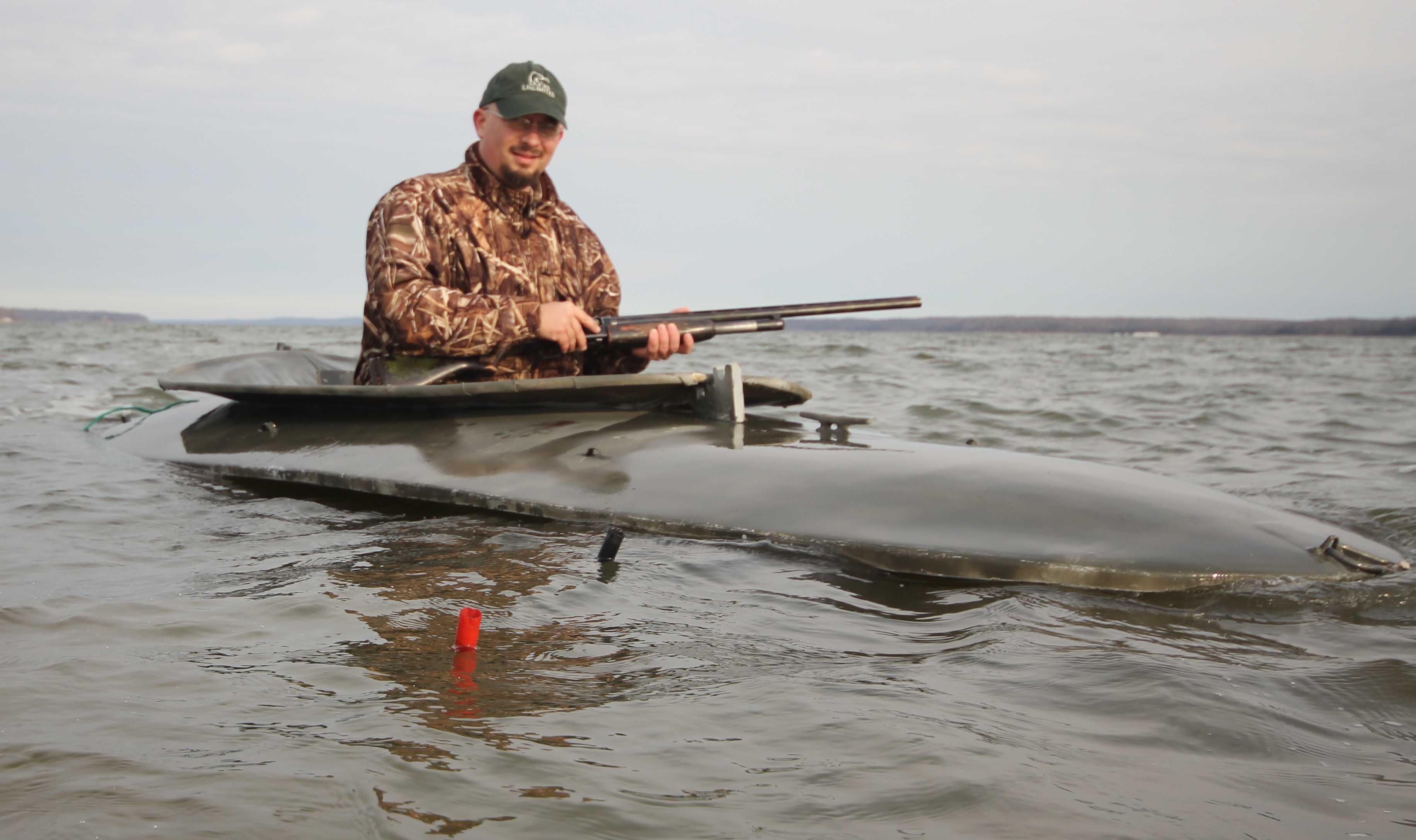Four Tips for Better Duck Shooting
Growing up a deer hunter before later taking up waterfowl hunting, you can imagine the learning curve I had to overcome, especially when it came to shooting. The average big game hunter with no wing-shooting experience can never understand how hard it can be to hit ducks and geese at even close range. I was taught to get a steady rest, take a breath, let it halfway out, and s-q-u-e-e-z-e the trigger on deer. But none of that applies to waterfowl.
As my self-taught education continued, mainly in the form of missed ducks, I tried everything to improve. Different guns. Different chokes. Different loads. After time, I realized that these few key ingredients improved my shooting more than anything.

Have a gun that fits. Excuses aside, the gun I was attempting to hunt with simply didn't fit me. I had no idea until entering a gun shop, but, in the case of many waterfowl guns, the standard stock is too long for a large population of hunters, especially those dressed in heavy clothing. Here in Michigan, to keep warm, you must bundle up. So the standard stock on my Beretta was simply an inch too long for my reach. Getting a shorter stock improved my feel and ability instantly.
Choose a choke that fits you. OK, I know the Duck Commander guys shoot extra-full chokes. But I also know that they are phenoms when it comes to shotgunning ability. In one of their videos, one of the hunters brags about packing only eight shells for an entire day's hunt, because he simply doesn't miss. But most of us mere mortals do miss. We've all been there - shooting most of a box of shells with nothing to show for it. In order to up your odds, shoot a more open bore choke, like an improved cylinder, and wait for game to close the 40-yard gap. The key is to truly recognize 40 yards. The next time you miss a duck, mark in your mind where it was (in relation to an object, tree, etc.) and pace it off. I bet, many times, it's a lot farther. Forty yards is closer than most of us realize while holding a firearm.
Don't shoot 'em in the butt… I watch deer hunting TV shows where the hosts talk endlessly about waiting for the right shot, and often pass on deer that don't present themselves broadside. Yet, I rarely hear waterfowl hunters talk about the same. Here's a news bulletin: If you shoot a duck or goose in the butt, even with a 12-gauge shotgun, it won't go down. If a bird swings overhead, or angles away, and doesn't present i's head or breast as a target, save your dollar and don't shoot. If you do, you're likely to waste time searching for a cripple that won't be recovered.






